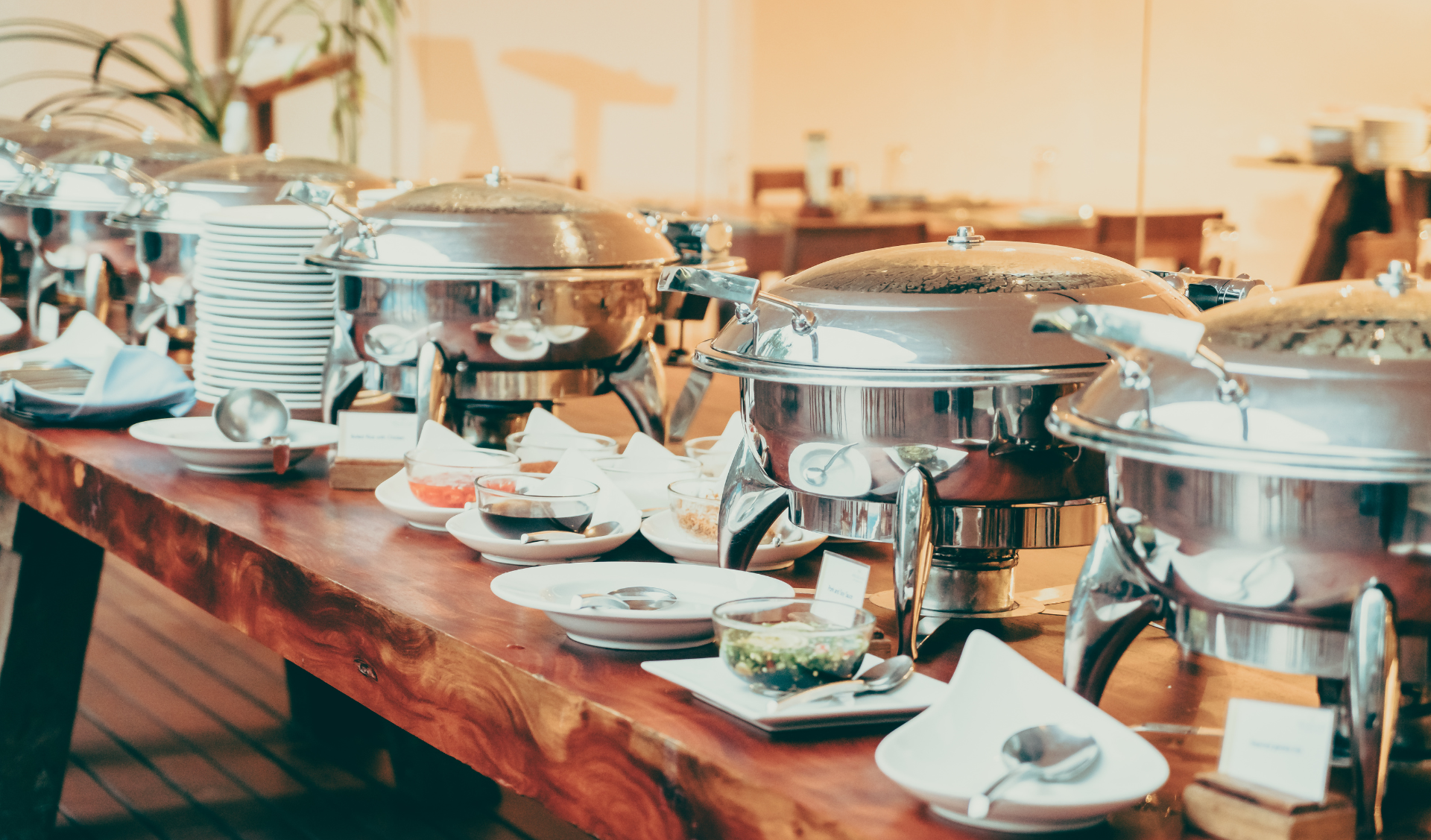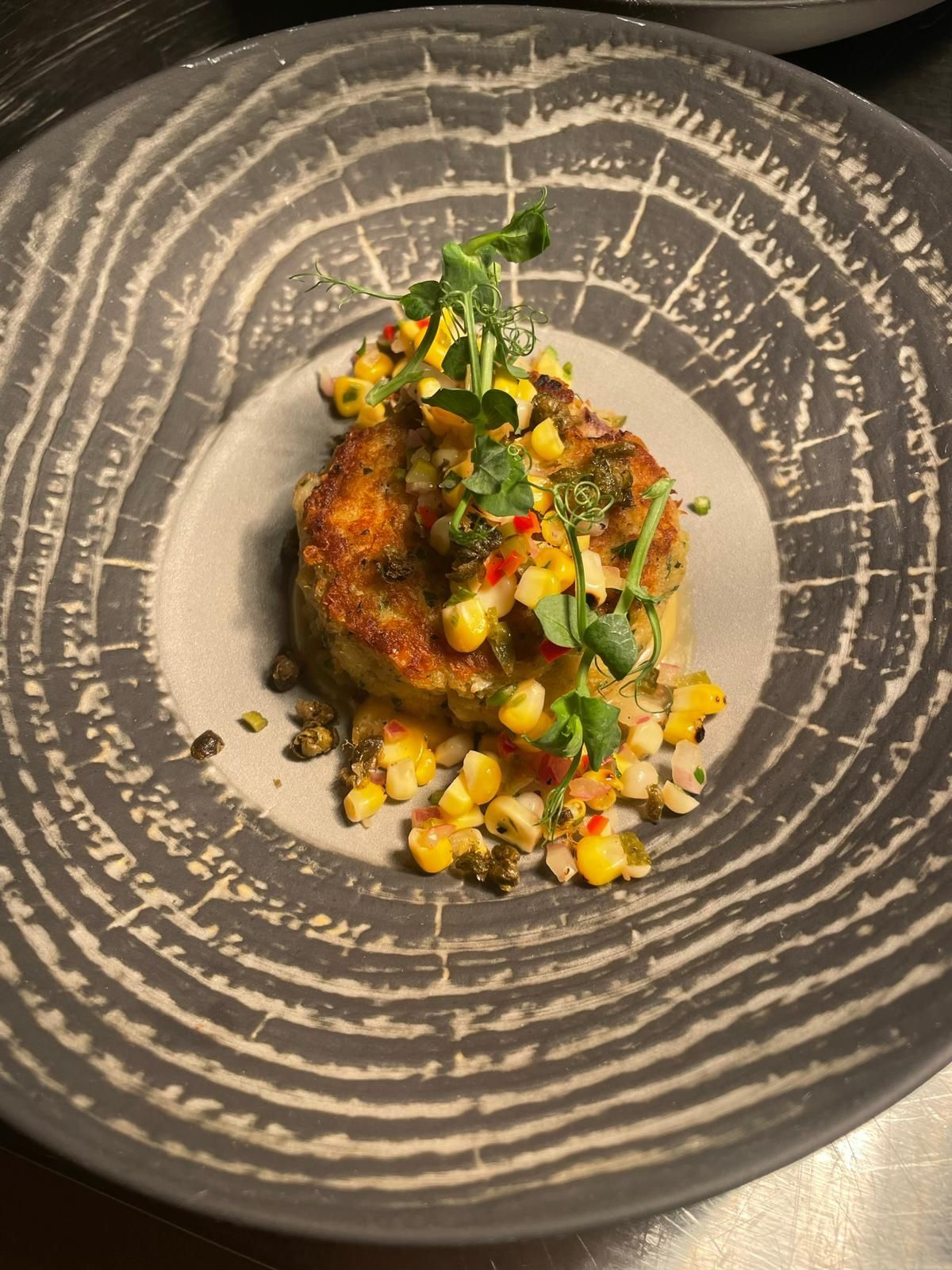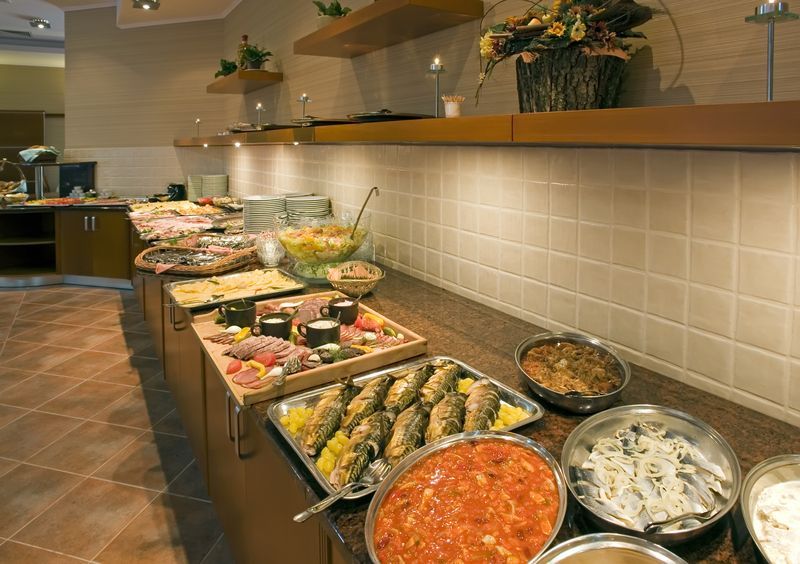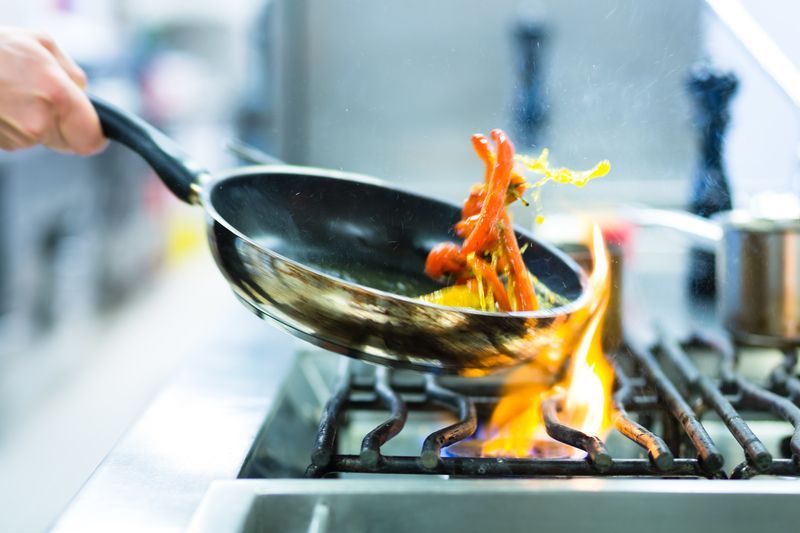Elevate Your Cooking: Chef Techniques for Home Kitchens
Transforming everyday cooking into something special is within reach for any home cook. By learning techniques used by professional chefs, anyone can elevate their culinary skills and create impressive dishes. From mastering basic knife skills to understanding the art of seasoning, these methods can make a significant difference in the kitchen. With the right techniques, cooking becomes more enjoyable, efficient, and rewarding, allowing home cooks to bring a touch of restaurant-quality flair to their meals.
Understanding the Importance of Sharp Knives
At the center of every kitchen, from the bustling restaurants of Florida to a home cook's haven, lies a fundamental tool: the knife. Its role extends beyond mere chopping and slicing; sharp knives are pivotal for safety and precision in cooking. A well-maintained, sharp knife not only glides through ingredients with ease, reducing the risk of accidents caused by unnecessary force but also ensures clean cuts for uniform cooking and aesthetic presentation.
Choosing the right knife for specific tasks can profoundly affect your cooking efficiency and outcome. For example, a chef’s knife, with its versatile design, is ideal for most cutting tasks, while a serrated knife effortlessly handles bread and soft fruits without crushing them. A paring knife, with its small blade, is perfect for intricate tasks like peeling and trimming. Understanding the purpose of each knife and selecting the right one for the job is the first step toward professional-grade culinary skills.
To keep knives in prime condition, regular maintenance is crucial. Honing, which realigns the edge of the blade, should be performed frequently, even before each use, with a honing steel. Despite common belief, honing does not sharpen but maintains the knife's edge. For sharpening — the process of actually removing metal from the blade to create a new edge — employing professional services or using a whetstone at home is recommended. It's a skill that requires some practice, but it's invaluable for preserving the life and efficiency of your knives.
Implementing these practices can significantly enhance your cooking experience. Sharp knives lead to smoother, quicker prep work, greater control, and thus, safer kitchen environments. Whether you're julienning vegetables for a stir-fry, finely chopping herbs for garnish, or simply slicing fruit for a snack, the importance of a sharp knife cannot be overstated. It's not just about making the task at hand easier; it's about elevating the quality of your dishes and ensuring your safety as you cook.
Embracing the care for your knives is not just an investment in your tools but in your culinary journey. As you continue to explore new recipes and techniques, remember that the foundation of great cooking begins with maintaining sharp knives. By selecting the appropriate knife for each task and ensuring they remain sharp through regular honing and periodic professional sharpening, you're setting the stage for a safer, more enjoyable, and proficient cooking experience.
Mastering Basic Knife Skills
Now that we've covered the importance of sharp knives and how to select and maintain them, let's look into the center of culinary craftsmanship: knife skills. Mastering knife techniques is not just about making your kitchen tasks easier and quicker; it's about transforming your cooking from good to great. Essential cuts such as julienne, dice, and chiffonade are foundational skills that every home cook should know to elevate their dishes.
Julienne
The julienne cut, often referred to as "matchstick" cutting, is ideal for vegetables like carrots, cucumbers, and bell peppers. To achieve this cut, start by trimming your vegetable into 2-3 inch sections. Slice off one side to create a flat surface, then lay it down on that side for stability. Make lengthwise cuts, spacing them approximately 1/8 inch apart. Finally, stack these slices and cut them lengthwise again into thin strips. This technique is perfect for stir-fries or garnishes, offering a delicate and uniform appearance.
Dice
Dicing involves cutting food into cube-shaped pieces. It's typically used for onions, tomatoes, and potatoes. Start with the julienne method, but when you get to the final step, instead of slicing into strips, turn the slices 90 degrees and cut across to create cubes. Precision is key for consistent cooking times and presentation. The most common sizes are the fine brunoise (1/8 inch), the regular dice (1/4 inch), and the larger batonnet (1/2 inch).
Chiffonade
This technique is used for leafy greens and herbs, such as basil or spinach, to produce fine ribbons. Stack the leaves, roll them tightly lengthwise, and then slice perpendicular to the roll. You'll end up with beautiful, thin ribbons that are perfect for adding a fresh, aromatic touch to your dishes.
Common Mistakes and Corrections
One common mistake is using a dull knife, which we've addressed by emphasizing the importance of sharpness. Another is incorrect hand placement. Always curl your fingertips inwards, using them to guide the knife rather than exposing them to potential cuts. It's also important to use the right knife for the task to ensure precision and safety. Lastly, be mindful of your cutting speed. Speed will come with practice and confidence, so focus on technique and consistency first.
Mastering these basic knife skills will not only improve your efficiency in the kitchen but also enhance the visual appeal and texture of your dishes. With practice, these techniques will become second nature, allowing you more creativity and precision in your culinary endeavors. Remember, the foundation of great cooking lies not just in the flavors you create but in the techniques you employ.
The Art of Sauce Making
The mastery of sauce-making is an essential chapter in the culinary arts, establishing the foundation for a wide spectrum of dishes. Among the cadre of sauces, the Five Mother Sauces stand as pillars: Béchamel, Velouté, Espagnole, Tomato, and Hollandaise, each with their derivatives creating an endless array of flavors and textures. Starting with a basic roux and progressively adding ingredients like milk for Béchamel, or tomatoes for a classic Tomato sauce, these sauces require patience and precision. To achieve the perfect consistency and depth of flavor, maintain a gentle simmer and whisk continuously, ensuring a smooth, lump-free texture. Seasoning at every stage is crucial, and always taste before serving to ensure the balance is just right.
For those eager to dive deeper into sauce making, exploring reliable culinary sources online can expand your repertoire and understanding of combining elements that elevate a dish from good to great.
Serving with Style: Plating Techniques
The visual presentation of a dish is as vital as its taste and aroma. Plating is where culinary arts meet creativity, enabling chefs and home cooks alike to transform dishes into works of art. Begin with a canvas-like plate, choosing a color that contrasts with the food to make it stand out. Use sauce as a paint, applying it artistically on the plate either as a base or a drizzle. Distribute components with intention, focusing on balance and proportion. The rule of odd numbers can be helpful, as arrangements of three or five components are more visually appealing. Incorporating textures and colors by using garnishes can also add dimension to your dishes.
Investing in a few plating tools such as squeeze bottles, tweezers, and a palette knife can enhance precision and give your plates a professional touch. But, remember, simplicity often reigns supreme; don't overcrowd the plate.
Elevating Home Cooking with Chef Insights
Adopting a chef's mindset begins with organization and preparation, epitomized by the concept of mise en place. Having all your ingredients prepped and ready to go not only streamlines the cooking process but also reduces stress, allowing for a more enjoyable cooking experience. Incorporating fresh, high-quality ingredients plays a non-negotiable role in the outcome of your culinary creations. As Chefs Adrian and Rebeca emphasize, "Passion and experimentation are the heartbeats of cooking." Don't be afraid to try new techniques, adjust traditional recipes to your taste, and learn from every mistake.
Continuous learning is crucial. Be it through exploring new flavors, studying culinary techniques, or simply experimenting with plating aesthetics, every step provides an opportunity for growth. The journey from a home cook to a culinary artist is paved with patience, practice, and a relentless pursuit of perfection. The essence of cooking lies in the joy it brings to both the creator and the consumer. So, embrace these techniques, add your personal twist, and elevate your home cooking beyond the ordinary.
Remember, cooking at its core is an art, with each dish an expression of creativity. Whether you're sharpening knives, emulsifying a sauce, or arranging a plate, these are all strokes of the brush on your culinary canvas. Dive into the adventure with openness to learning, and you'll find the journey to professional-level cooking at home both rewarding and delicious.
Elevate your culinary journey with our range of high-quality kitchen tools and utensils, designed to bring professional chef techniques right into your home kitchen. Contact Tizalty today to explore their collection and take the first step towards cooking like a pro today.







